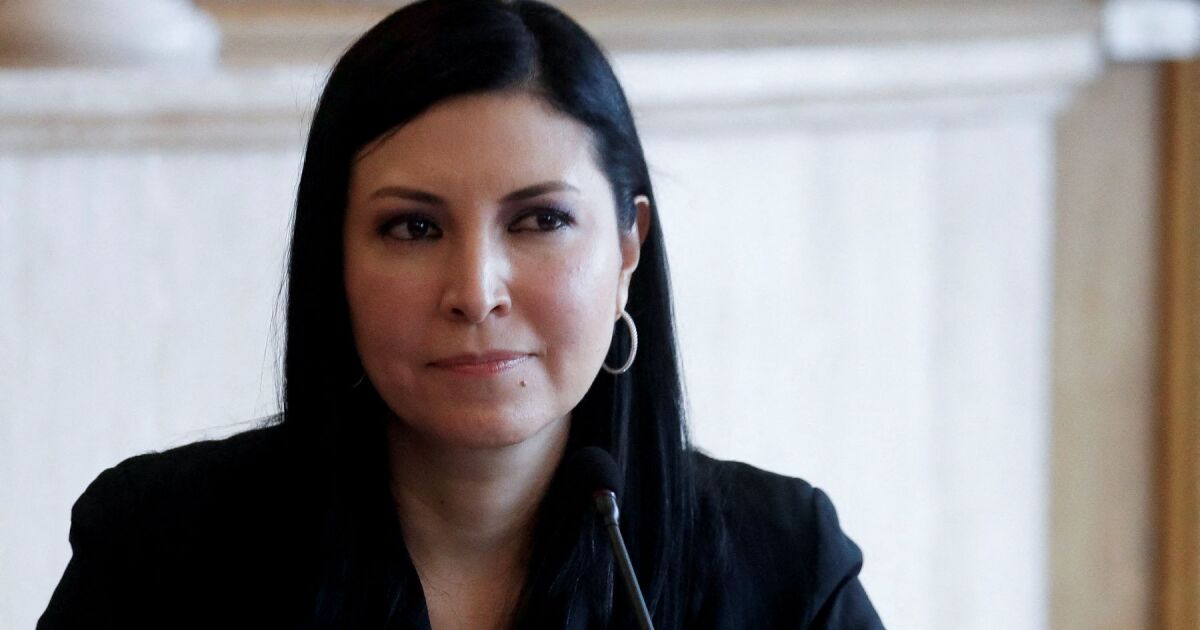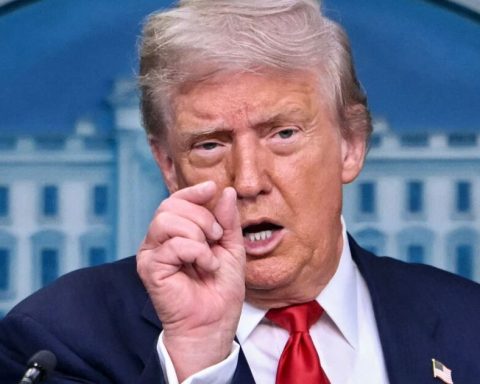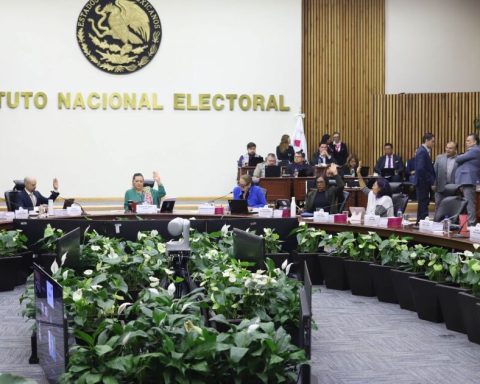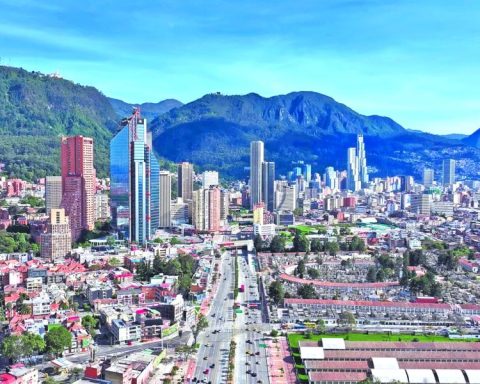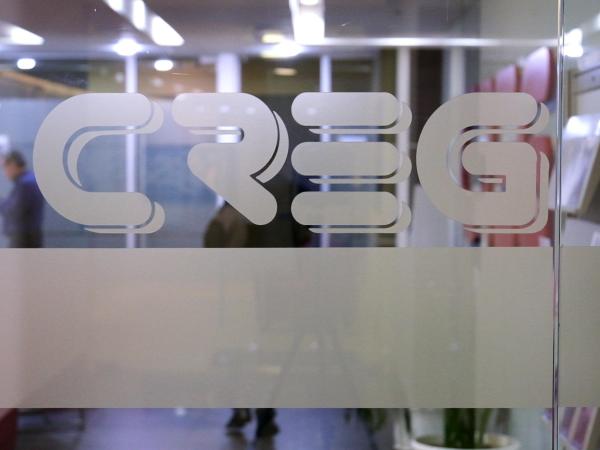In an interview published on Monday by the newspaper El Financiero, the official justified the reasons why the governing board of Banxico reduced the key rate in 25 basis points to 10.75% .
“In addition to our forecast, which is that the shocks that have impacted the non-core component will dissipate in the short term, in the coming quarters, as this allows us to anticipate an imminent decline in general inflation,” he said.
The governor said she expects the recent rise in headline inflation to be short-lived and that if that forecast proves valid, further interest rate cuts could be on the cards.
Some analysts had criticized Banxico, as the Mexican central bank is known, for reduce its key rate by 25 basis points to 10.75% last week in a split vote by its five-member board, even as it signaled expectations for higher inflation than previously anticipated.
Rodríguez and vice-governors Galia Borja and Omar Mejía voted in favor of the cut, while directors Irene Espinosa and Jonathan Heath voted against it.
Regarding the possibility of implementing future interest rate cuts, Rodriguez told Reuters in an interview late on Sunday that he believes that “the degree of monetary tightening would have to be adapted to the development of the inflationary outlook.”
The fall in the Mexican peso, which earlier this month weakened to a near two-year low against the US dollar, is believed to be driving inflation, and Banxico has flagged the possibility of further depreciation of the local currency as an upside risk to inflation.
The currency, once known as the “super peso,” could weaken even more up to 21 pesos per dollar, said analysts polled by Reuters last week, from 18.8 currently. That would be a far cry from April’s 16.25 pesos, its highest level in nearly a decade, as surging capital flows into Mexico boosted the currency.
The peso has been hit by a wave of sell-offs in recent days, especially in Asian markets, while the spectre of controversial reforms to Mexico’s constitution to be voted on next month, including a possible judicial review that would subject judges to a popular vote, has also weighed on the currency.
However, weaker-than-expected economic activity in Mexico has helped offset the impact of the weaker currency, Rodriguez said, adding that he expects more moderate activity for the rest of the year.
The split vote on cutting the key rate by a quarter of a percentage point came after July consumer price data showed annual headline inflation rose to 5.57%, up from June’s rate of 4.98%, as a result of a significant increase in the non-core component.
In its monetary policy statement on Thursday, Banxico revised raises its forecast for annual headline inflation year-end to 4.4% from 4.0% previously. Still, it maintained its expectation that inflation will reach its 3% target, plus or minus one percentage point, in the fourth quarter of 2025.
Rodriguez said he expects the disinflation process in Mexico to continue.
“We have made significant progress, however, we still have challenges to bring inflation to its target (…) We will be doing what is necessary to promote the orderly and sustained convergence of general inflation to its target of 3% within the expected time frame,” he added.
